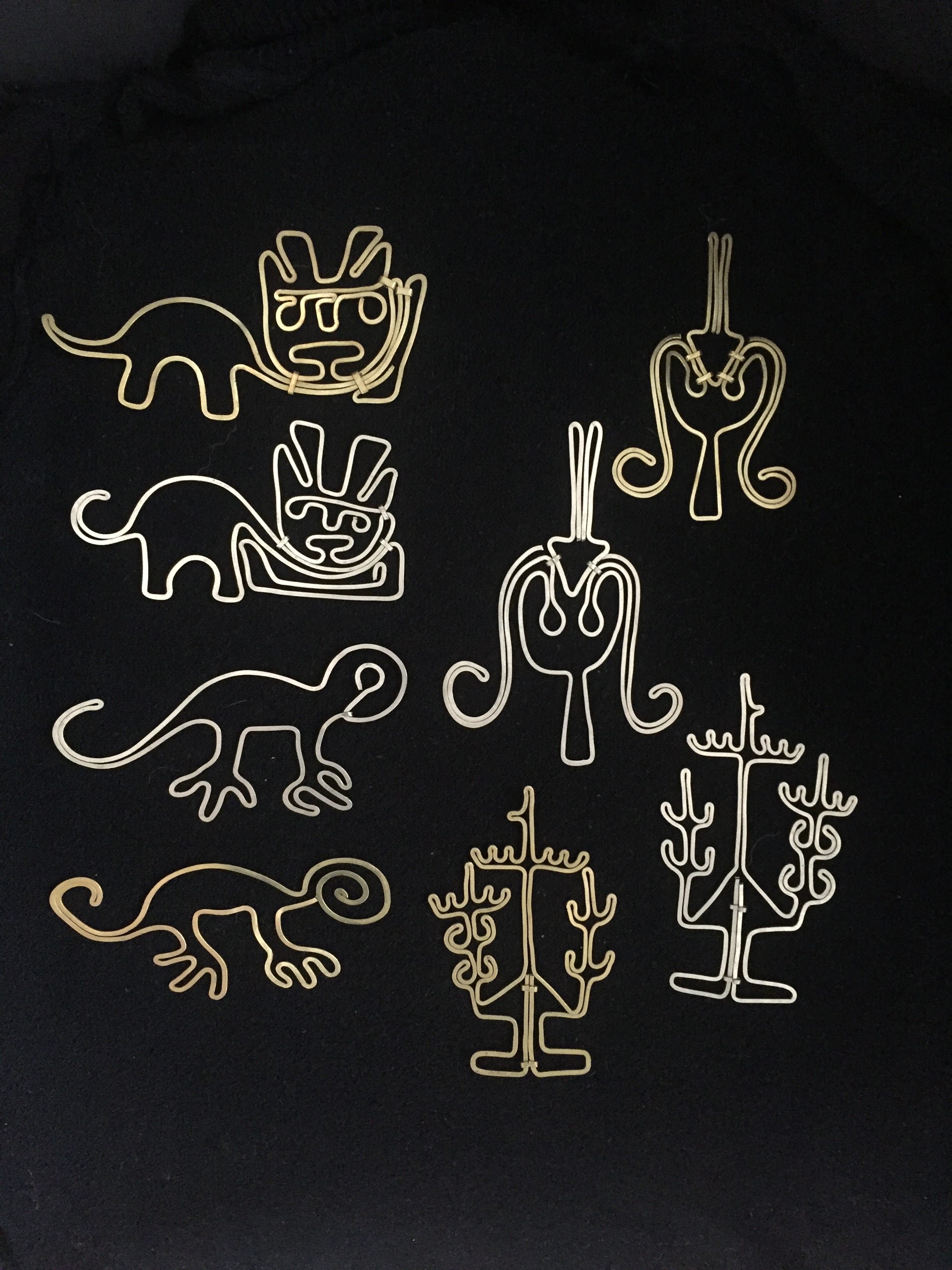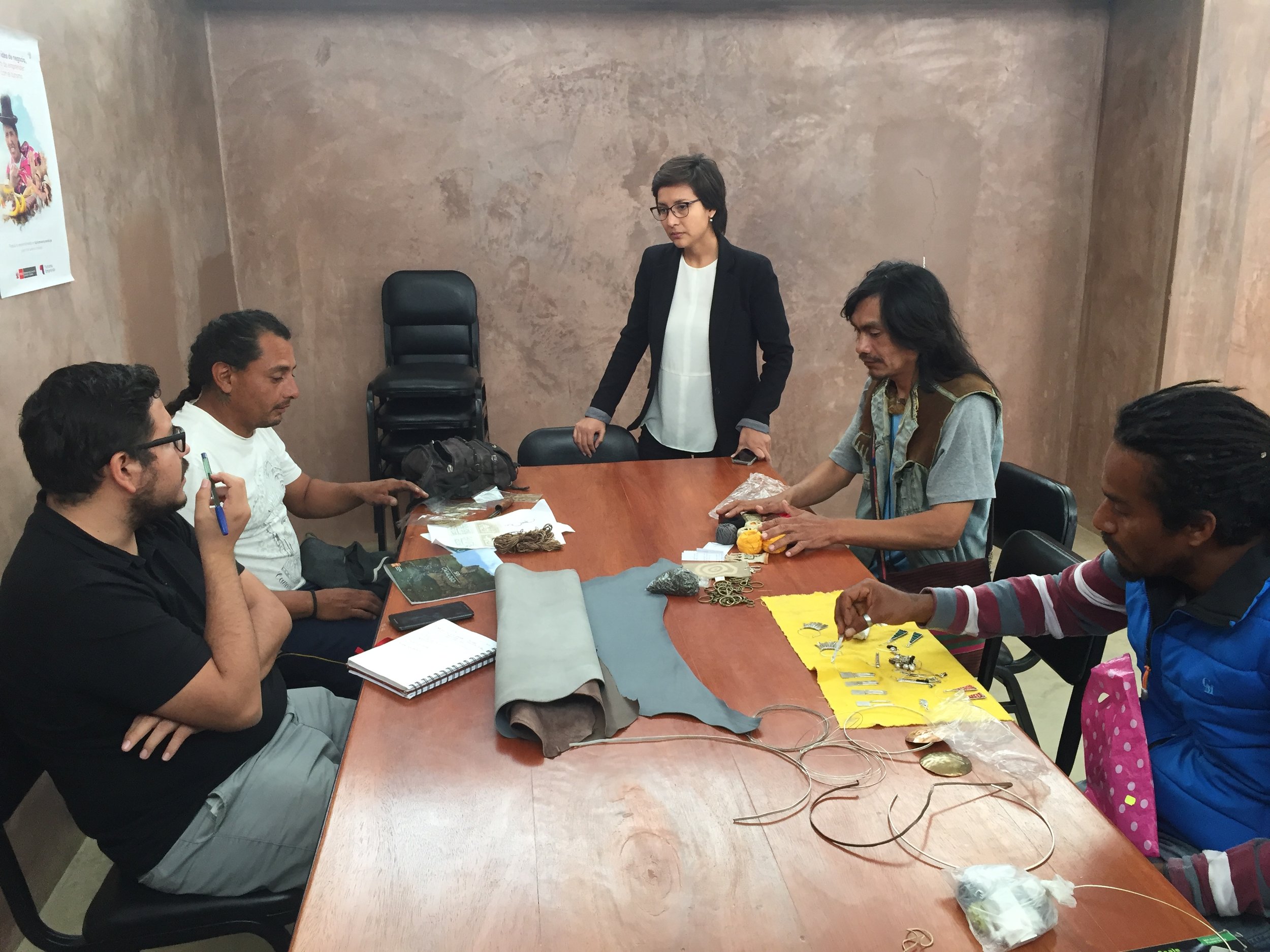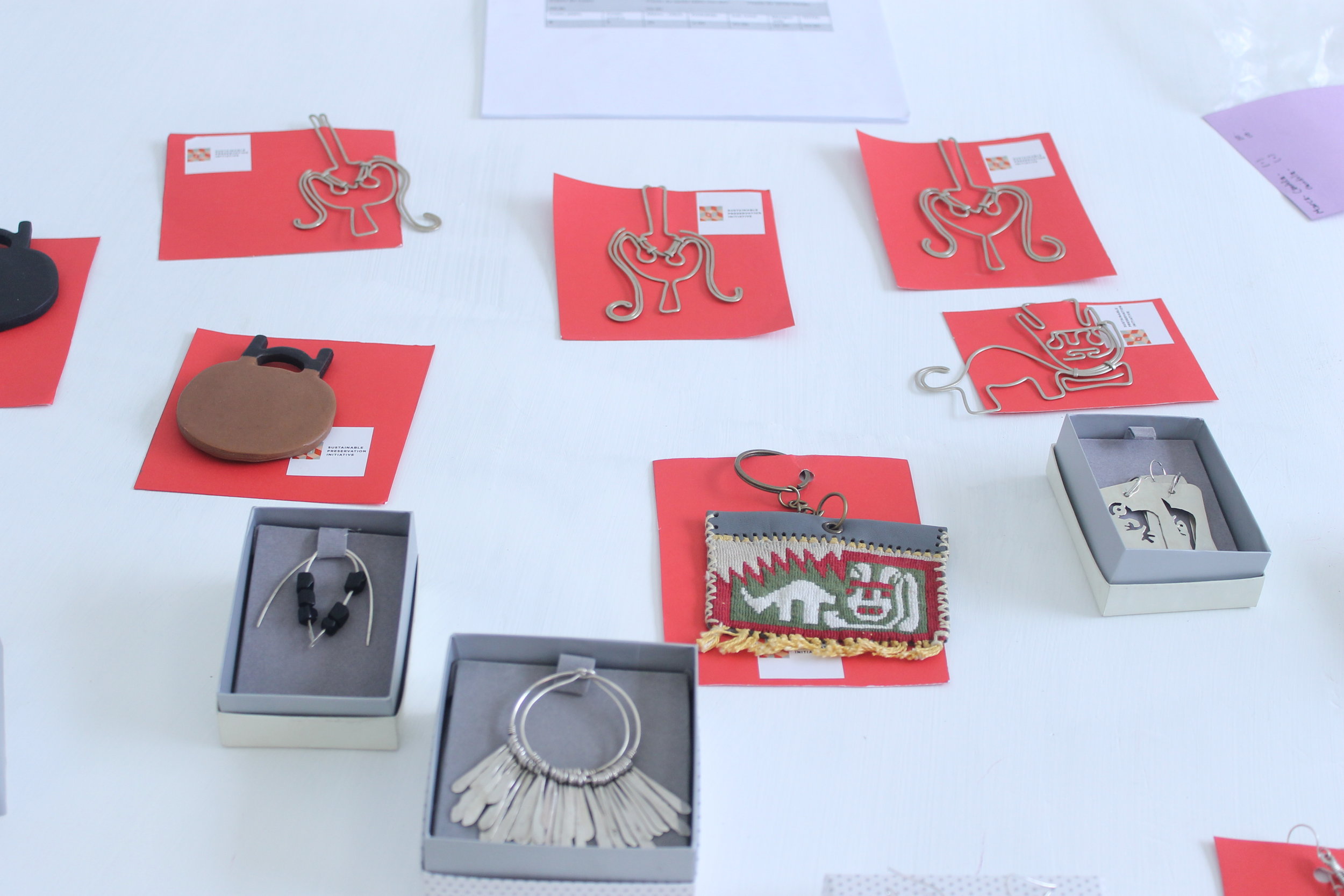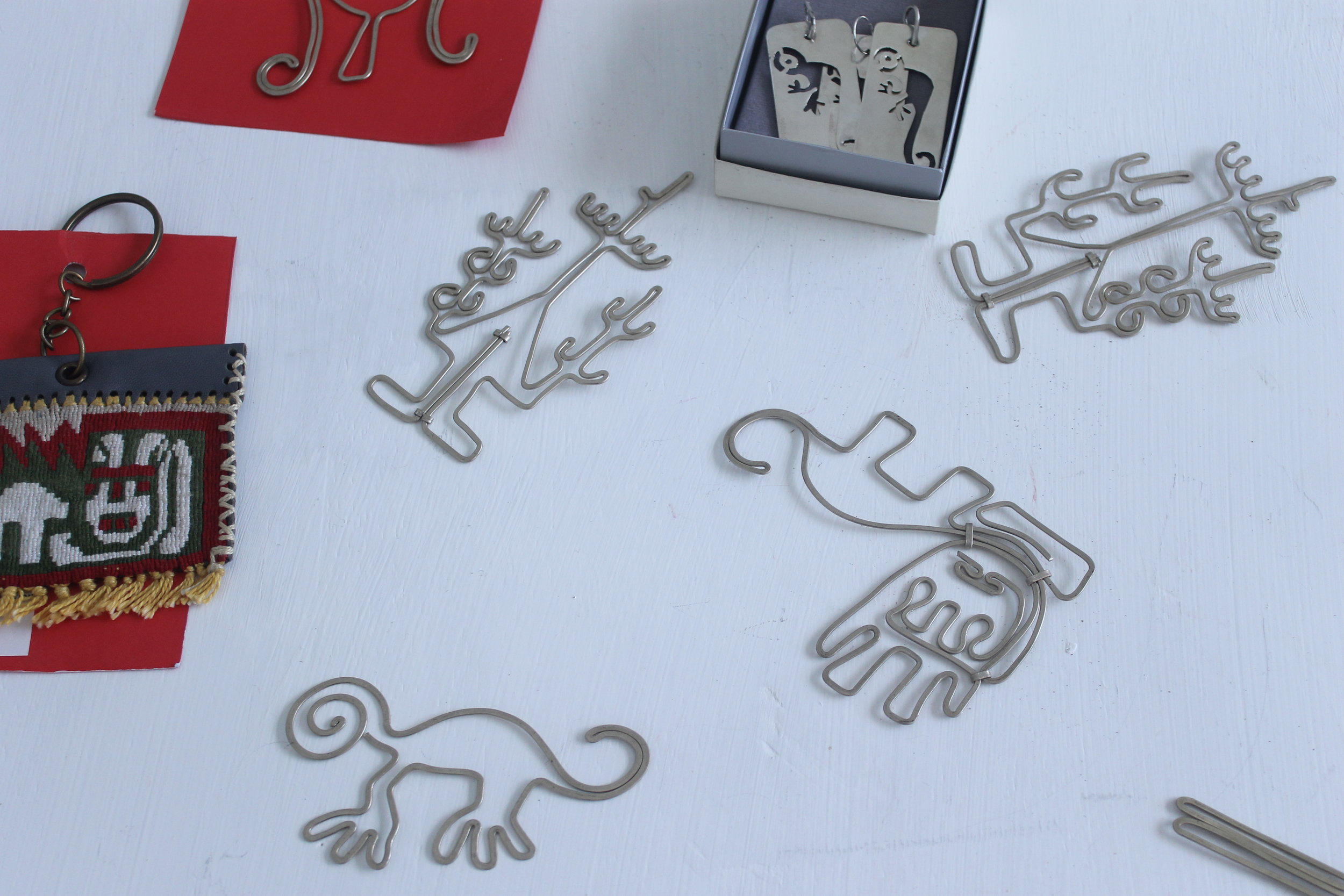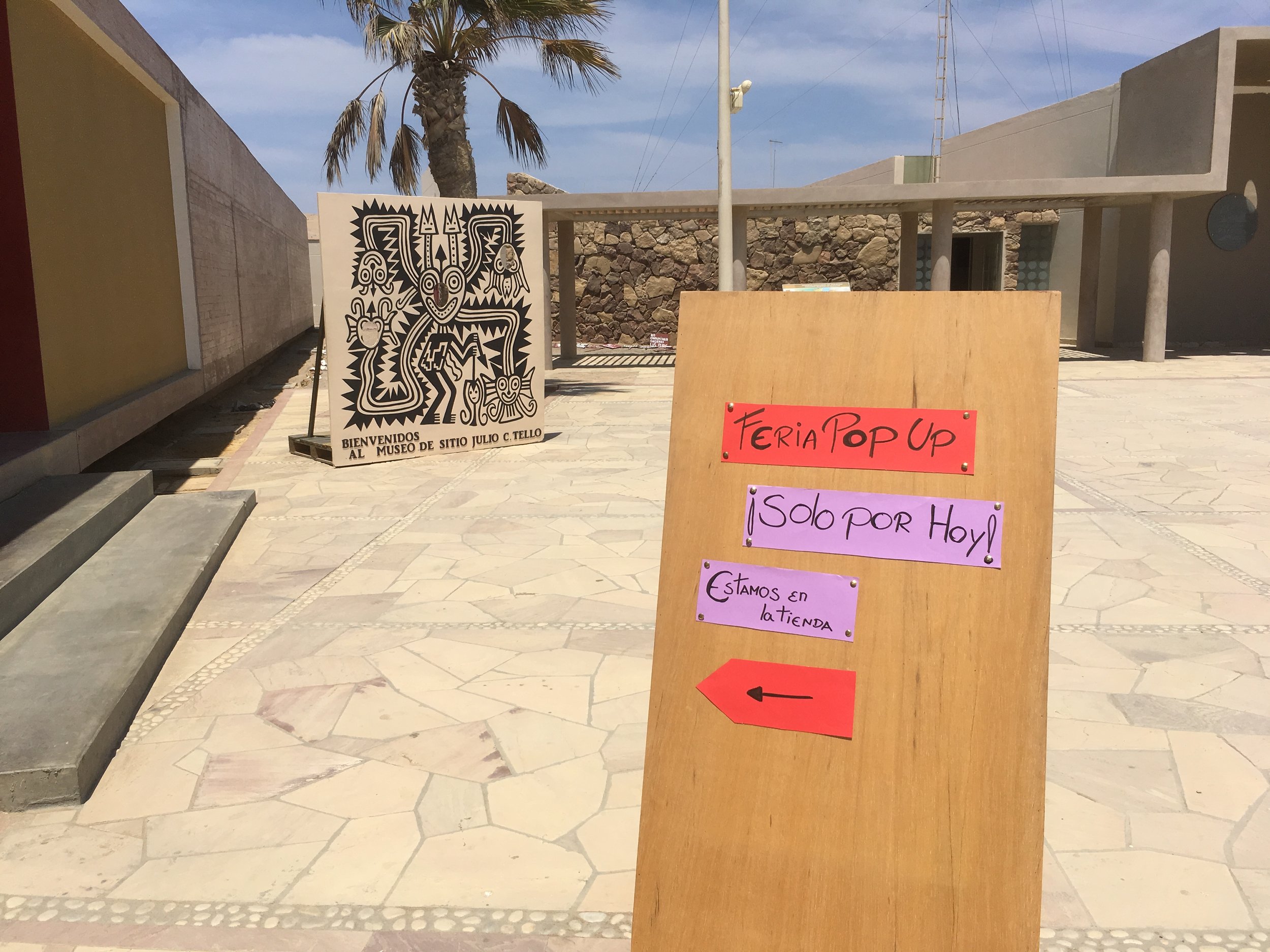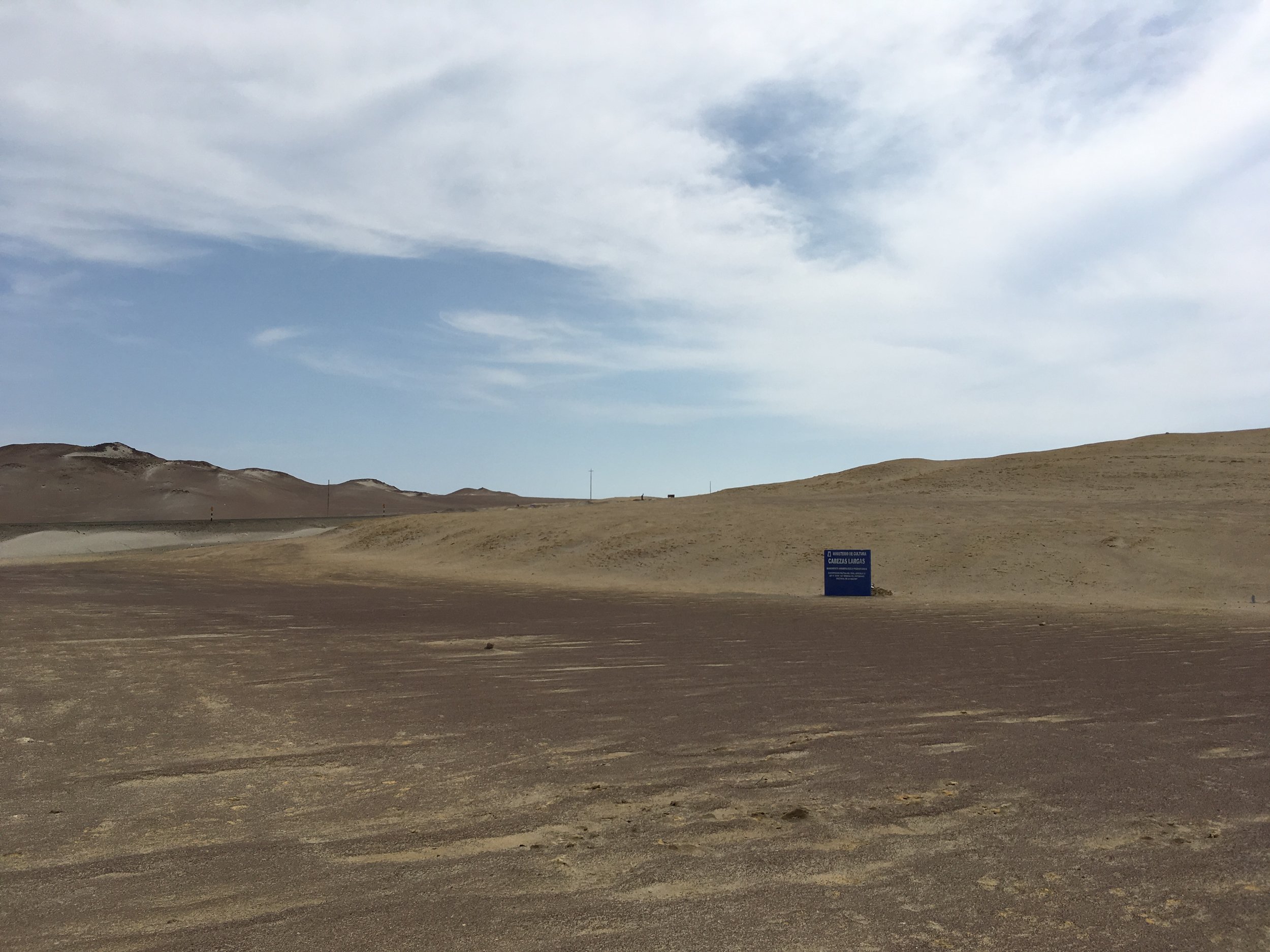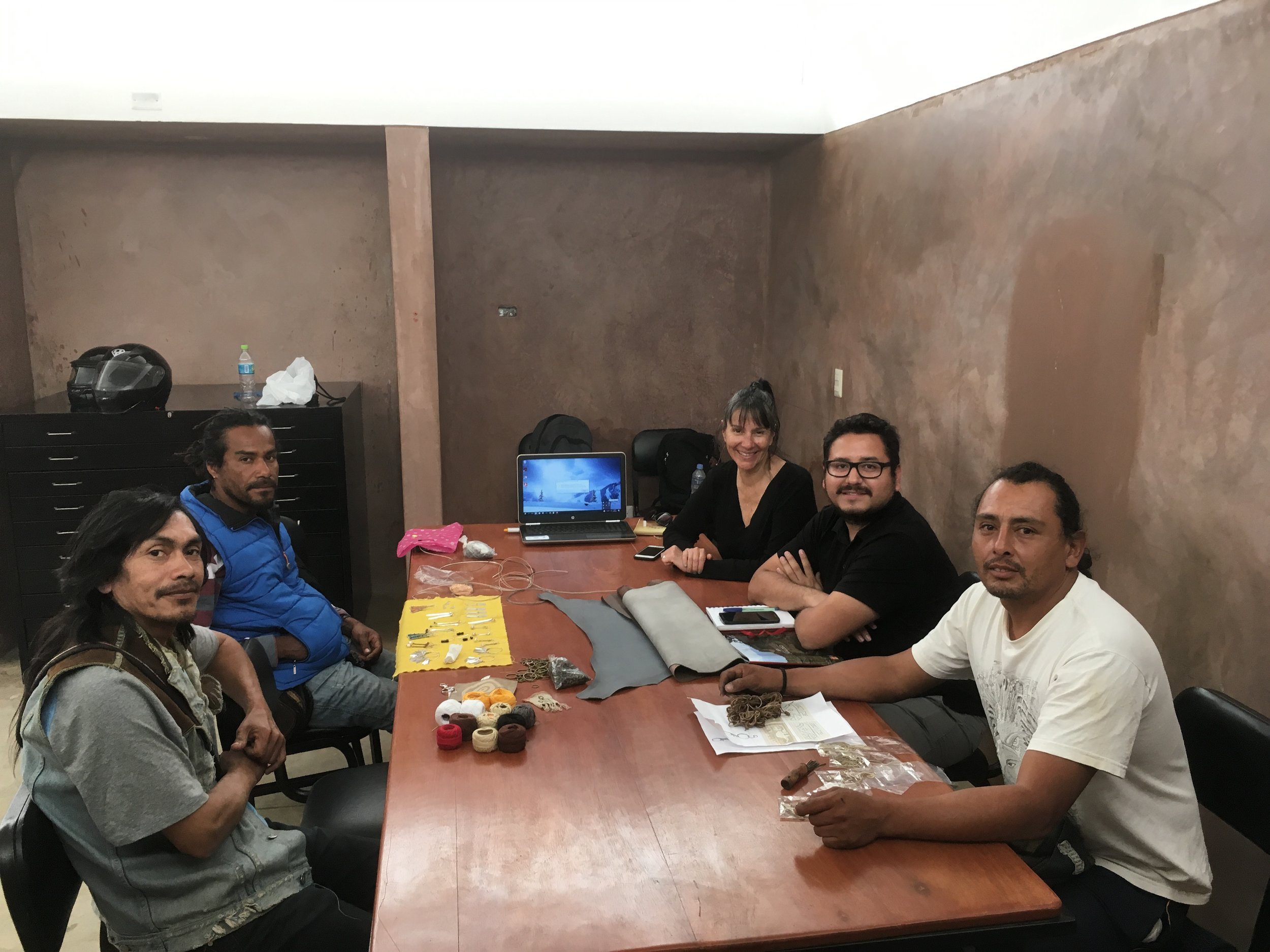SPI is helping local artisans to create new products reflecting the rich cultural heritage of the paracas culture
The Site
The Paracas culture is one of the earliest complex societies in Peru. It is famous for its extraordinary textiles which were used to wrap mummy bundles. The sites of Cerro Colorado and Cabezas Largas are two of the most famous sites of the culture and continue to be a target for looting. The Julio C. Tello Museum, within the Natural Reserve of Paracas, exhibits objects from these sites and explains what life was like in the area between 600 BC and 100 AD.
The Community
Paracas, a traditional fishing village, has grown substantially in recent years due to an explosion in tourism. Tourists come to be in touch with desert, see the beautiful archaeology, relax on the beach, take trips to the nearby Ballestas Islands (a famous bird sanctuary) as well as to travel to the world famous Nazca Lines. Only some in the village have benefited from the changes, many others have not been so lucky. There is a need to make sure the community can maximize the benefit it can get from their heritage.
The Project
SPI and the staff of the Julio C. Tello Museum are working together to help artisans in Paracas. Together we are designing new products which take inspiration from the amazing objects in the museum's collection. The artisans are receiving full training in how to make these new products and well as essential skills in how to run their businesses. The products will be on sale in the Museum and across Peru!
Achievements
5 local artisans are now trained and the new products are on sale! They are available at 'pop-up' events at the museum.
The Big thing we have learned
Artisans are motivated by working with, and learning about, their local culture!
The Future
We are excited to spread the word about these great products and developing new ones. Help us do that!
Together with the Julio C. Tello Museum and local artisans in Paracas, we are designing new products which take #inspiration from the amazing objects in the museum's collection. Find beautiful piece like these on sale in the museum and across #Peru! pic.twitter.com/SIy4Mn7F3k
— SPInitiative (@SPInitiative) May 26, 2019
A look into the life of an artist 🎨 SPI partnered with 5 local #artisans in Paracas, #Peru to provide training and help get their hand-made products sold in #PopUp shops at the Julio C. Tello Museum! pic.twitter.com/V9PYldpD5P
— SPInitiative (@SPInitiative) May 8, 2019





